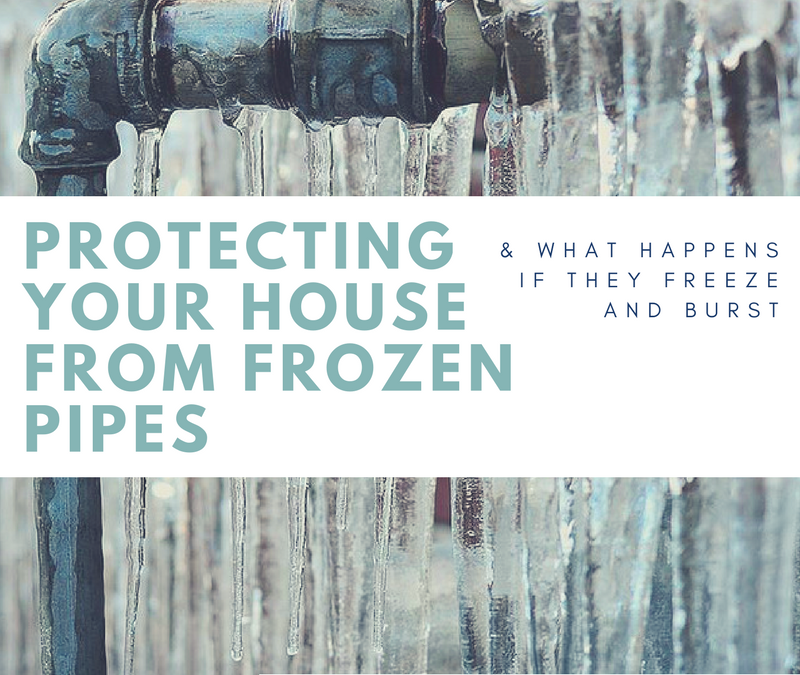Like most Cape Codders, I can honestly say I love summer! But once a year, fall and winter come around and with it the cold weather of the Northeast. The cold presents a peculiar set of challenges… Among them is the freezing and bursting of pipes.
According to Insurance Journal, 17% of all HO3 claims can be attributed to frozen and/or bursting pipes. Now the question arises: What can we do to prevent these sorts of claims? And no, moving to Florida isn’t an option. Instead. I’ll share some tidbits of information that will help.
#1: Keep the heat on
One of the best ways to combat cold temperatures is with heat. Of course, whether we are homeowners or tenants, we should always use our best judgement. Experts agree that keeping the indoor temperature between 55-65 degrees Fahrenheit should decrease the chances of water freezing and keep the pipes from bursting.
As it relates to heat, another thing to keep in mind is to keep cabinet doors open – and really all interior doors – open. This will allow the heat to circulate throughout the house, thus, reducing the probability of frozen and bursting pipes.
#2: Allow faucets to drip
It’s no secret: Idle water is much more likely to freeze. Pressure between a blockage and the faucet is usually what leads to pipes bursting. By allowing the water to run at a small drip or trickle you will reduce the likelihood of water freezing. This will also keep the pressure from the blockage from spreading and will help to prevent bursting.
#3: Caulk
On both the exterior and interior, caulk any holes or cracks near pipes. Any exposure to cold air will increase the likelihood of pipes bursting and freezing. Seal up those cracks and holes and you’ll reduce the probability of frozen and bursting pipes.
#4: Heating tape and extra insulation
For pipes that are accessible, electrical heating tape can help. This type of tape can be applied directly to the pipe. It’s important to follow the manufacturer’s instructions and safety procedures when using it.
Also, oftentimes, in basements and attics, pipes aren’t properly insulated. Using foam, rubber or fiberglass insulation will help protect the pipe. This will decrease the likelihood of pipes freezing and/or bursting.
The winter is here and with it the cold. Time to gear up, make hot chocolate, fry a turkey (responsibly, of course), go skiing, start a couple of snow fights, and make fun of Florida friends and relatives who have to endure the 84% humidity. Do the best you can to prepare for the dropping temps and be aware. Freezing and bursting pipe incidents can be disastrous, but there are ways to prevent it. I hope these little pieces of information help you safeguard your homes and provide you with more peace of mind. Enjoy the winter, folks!

